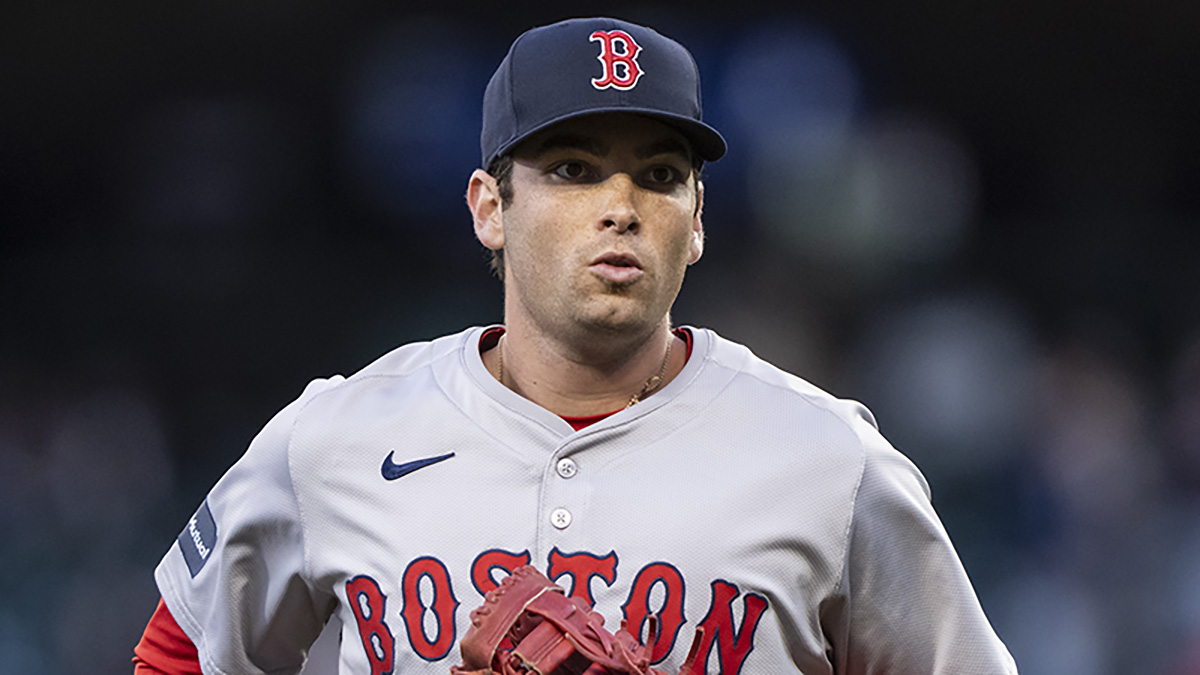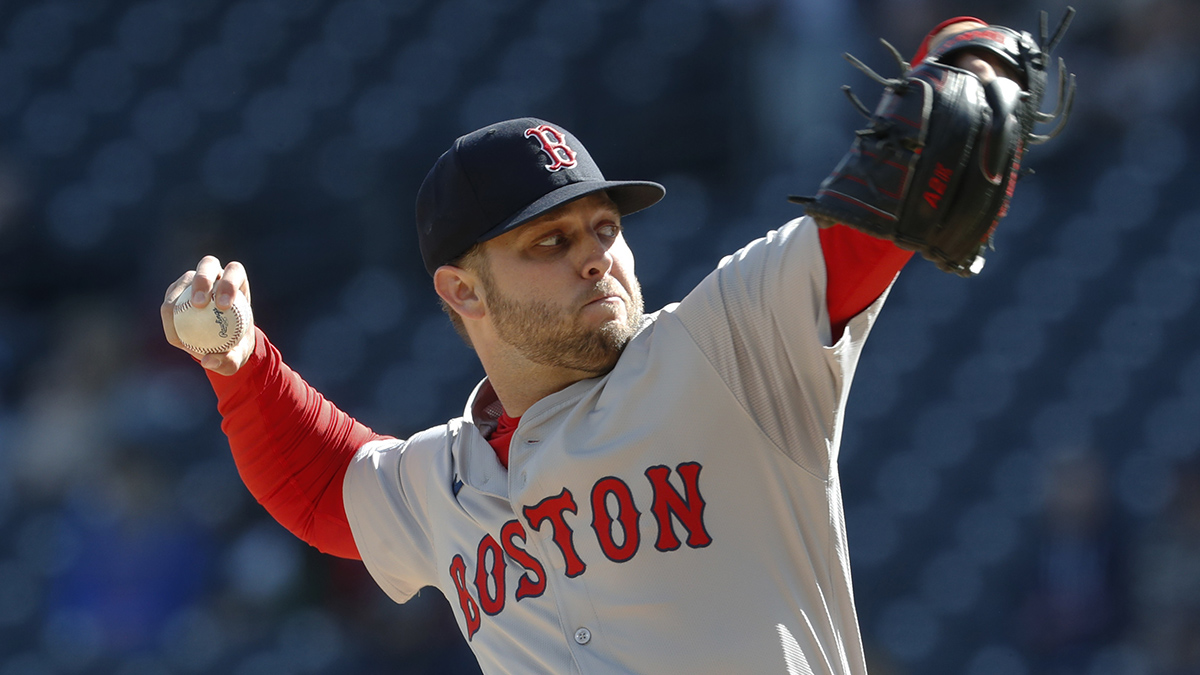
Less than two weeks remain before the non-waiver trading deadline of July 31, which means it's about time for rumors to pile up and moves are made.
But for any number of reasons, this will be a trading deadline like few others in recent seasons.
A look at how the rules -- and the environment -- have changed and what it means to the Red Sox:
COME ONE, COME ALL
The introduction of the second wild card spot in each league has, to date, had the desired effect: it's created closer races and more competition for the post-season.
In the American League, 11 teams are, this morning, within two games of a playoff spot. Just three A.L. teams would appear out of the running for the post-season: Kansas City, Minnesota and Oakland.
That means, too, that there are fewer teams intent on selling at the deadline, and more teams looking to buy, believing that they, like so many others, are just one acquisition away from a pennant or world championship.
In theory, that should drive up the prices for teams in ''sell'' mode -- like the Twins, or, in the National League, the Chicago Cubs.
Boston Red Sox
But it also may impact the deadline in other ways. With so many teams looking to add -- and, conversely, so few teams giving up on the season and looking to subtract -- the nature of the trades made is going to change.
In recent seasons, the typical deadline deal often involved a big-market team sending prospects to a out-of-contention small-market team in exchange for a player headed for free agency.
Those deals, however, are going to be rare this summer, for reasons we'll address in a moment.
In their place, executives expect, will be a return to old-fashioned baseball trades: Team A has a surplus of one area, and is willing to trade it to Team B, which has a surplus of another.
It's possible, then, to have two first-place teams doing a deal together, each looking to improve by trading from strength to fix a perceived weakness.
FEWER RENTALS
In the meantime, a change in the recent collective bargaining agreement means a change in the way teams are doing business.
In past years, the most popular deals involved a pending free agent being dealt to a contender. Think, say, CC Sabathia going from the Cleveland Indians to the Milwaukee Brewers in 2008.
The Indians knew that they couldn't afford to sign Sabathia when he hit the market, so they decided to cut their losses and auction Sabathia off to the highest bidder.
The Brewers, who hadn't made the playoffs this century, were desperate to make a run at the post-season. They shipped four of their better prospects to the Indians and ended their playoff drought, with the help of Sabathia.
Part of the reason the Brewers were able to justify dealing off four of their best minor leaguers was the knowledge that, if they failed to sign Sabathia, they could at the very least, offer him arbitration that winter and get a first-round and sandwich pick back in the following June's draft.
That meant they got to at least partly re-stock their inventory of young players only months later, mitigating their losses.
But effective this season, thanks to the CBA negotiated last December, teams can no longer offer arbitration to rentals. If the Brewers were to make the same trade for Sabathia this summer, they would do so with the knowledge that they couldn't replenish their farm system next summer.
That, in turn, has impacted the value of players about to become free agents, such as Cole Hamels, Zach Greinke and Ryan Depmster.
Knowing that there will be no re-stocking next June, teams are reluctant to empty their system of their best young players. Those teams selling are getting used to the new reality, understanding that someone like Greinke doesn't have anywhere near the value that he might have had at the deadline under the old rules.
OFFENSE IN DEMAND
Another reality is the fact that teams are almost as interested in acquiring offense as they are pitching.
In this era of testing for PEDs (and amphetamines), scoring is it a 15-year low. Runs are down and power is hard to come by.
So while many teams are looking for a boost to their starting rotation or bullpen, almost as many others are in the hunt for that big bat to bolster the lineup.
"People still want arms," said one talent evaluator. "But I'm surprised at the amount of talk focused on offense. Some teams think they're a hitter away from being able to win and that's changed the nature of talks."
With an eye toward the post-season, the need is even greater. If scoring is down across the board in the regular season, runs will be tougher still in the playoffs when the pitching is generally better given the quality of teams involved.


